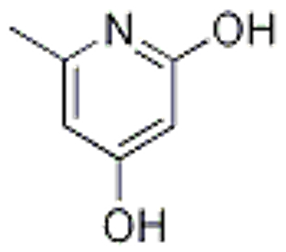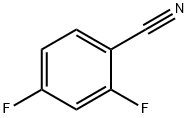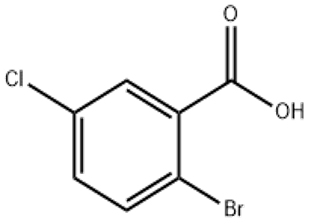Cyanogen bromide(CAS# 506-68-3)
| Risk Codes | R26/27/28 – Very toxic by inhalation, in contact with skin and if swallowed. R34 – Causes burns R50/53 – Very toxic to aquatic organisms, may cause long-term adverse effects in the aquatic environment. R40 – Limited evidence of a carcinogenic effect R11 – Highly Flammable R36/37 – Irritating to eyes and respiratory system. R32 – Contact with acids liberates very toxic gas R51/53 – Toxic to aquatic organisms, may cause long-term adverse effects in the aquatic environment. |
| Safety Description | S53 – Avoid exposure – obtain special instructions before use. S28 – After contact with skin, wash immediately with plenty of soap-suds. S36/37/39 – Wear suitable protective clothing, gloves and eye/face protection. S45 – In case of accident or if you feel unwell, seek medical advice immediately (show the label whenever possible.) S60 – This material and its container must be disposed of as hazardous waste. S61 – Avoid release to the environment. Refer to special instructions / safety data sheets. S26 – In case of contact with eyes, rinse immediately with plenty of water and seek medical advice. S16 – Keep away from sources of ignition. S7/9 - S29 – Do not empty into drains. S7 – Keep container tightly closed. |
| UN IDs | UN 3390 6.1/PG 1 |
| WGK Germany | 3 |
| RTECS | GT2100000 |
| FLUKA BRAND F CODES | 8-17-19-21 |
| TSCA | Yes |
| HS Code | 28530090 |
| Hazard Class | 6.1 |
| Packing Group | I |
| Toxicity | LCLO inhal (human) 92 ppm (398 mg/m3; 10 min)LCLO inhal (mouse) 115 ppm (500 mg/m3; 10 min) |
Introduction
Cyanide bromide is an inorganic compound. The following is an introduction to the properties, uses, preparation methods and safety information of cyanide bromide:
Quality:
- Cyanide bromide is a colorless liquid with a pungent odor at room temperature.
- It is soluble in water, alcohol, and ether, but insoluble in petroleum ether.
- Cyanide bromide is highly toxic and can cause serious harm to humans.
- It is an unstable compound that gradually decomposes into bromine and cyanide.
Use:
- Cyanide bromide is mainly used as a reagent in organic synthesis and is often used in the preparation of organic compounds containing cyano groups.
Method:
Cyanide bromide can be prepared by:
- Hydrogen cyanide reacts with bromide: Hydrogen cyanide reacts with bromine catalyzed by silver bromide to produce cyanide bromide.
- Bromine reacts with cyanogen chloride: Bromine reacts with cyanogen chloride under alkaline conditions to form cyanogen bromide.
- Reaction of cyanocyanide chloride with potassium bromide: Cyanuride chloride and potassium bromide react in an alcohol solution to form cyanide bromide.
Safety Information:
- Cyanide bromide is highly toxic and can cause harm to humans, including irritation of the eyes, skin and respiratory system.
- Strict precautions must be taken when using or coming into contact with cyanide bromide, including wearing protective eyewear, gloves and respiratory protection.
- Cyanide bromide must be used in a well-ventilated place, away from fire and heat sources.
- Strict safety operating procedures should be followed when handling cyanide bromide and relevant regulations and guidelines should be followed.








